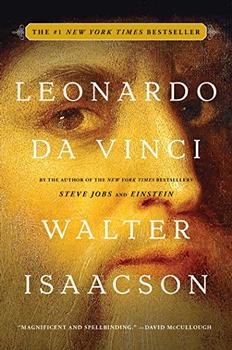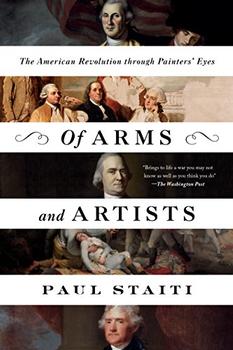Summary | Excerpt | Reviews | Beyond the book | Read-Alikes | Genres & Themes | Author Bio

A Life in Six Masterpieces
by Miles J. UngerThe life of one of the most revolutionary artists in history, told through the story of six of his greatest masterpieces.
Among the immortals - Leonardo, Rembrandt, Picasso - Michelangelo stands alone as a master of painting, sculpture, and architecture. He was not only the greatest artist in an age of giants, but a man who reinvented the practice of art itself. Throughout his long career he clashed with patrons by insisting that he had no master but his own demanding muse and promoting the novel idea that it was the artist, rather than the lord who paid for it, who was creative force behind the work.
Miles Unger narrates the astonishing life of this driven and difficult man through six of his greatest masterpieces. Each work expanded the expressive range of the medium, from the Pietà Michelangelo carved as a brash young man, to the apocalyptic Last Judgment, the work of an old man tested by personal trials. Throughout the course of his career he explored the full range of human possibility. In the gargantuan David he depicts Man in the glory of his youth, while in the tombs he carved for the Medici he offers a sustained meditation on death and the afterlife. In the Sistine Chapel ceiling he tells the epic story of Creation, from the perfection of God's initial procreative act to the corruption introduced by His imperfect children. In the final decades of his life, his hands too unsteady to wield the brush and chisel, he exercised his mind by raising the soaring vaults and dome of St. Peter's in a final tribute to his God.
A work of deep artistic understanding, Miles Unger's Michelangelo brings to life the irascible, egotistical, and undeniably brilliant man whose artistry continues to amaze and inspire us after 500 years.
This meticulously researched book is equally insightful and entertaining, teeming with detailed accounts and rich descriptions that bring not only Michelangelo to vivid life but also the Renaissance era in which he lived, when "the princes of the Church" had the power to make or break an artist's career...continued
Full Review
(844 words)
This review is available to non-members for a limited time. For full access,
become a member today.
(Reviewed by Suzanne Reeder).
During his long life Michelangelo created numerous great works of art. Six are particularly renowned and are located either in Rome or Florence. In his book Michelangelo: A Life in Six Masterpieces, Miles J. Unger examines the artist through these monumental works. The following offers a condensed history and description of each.
Pietà
 In 1496, Michelangelo was in his early twenties and had moved from his native city of Florence to Rome, "burning with ambition," according to Unger's book. After clashing with the Cardinal di San Giorgio over a commissioned work, he caught the notice of the French Cardinal of St. Denis, who was seeking a sculptor to carve his tomb in the shrine of Santa Petronilla, an ancient mausoleum attached to ...
In 1496, Michelangelo was in his early twenties and had moved from his native city of Florence to Rome, "burning with ambition," according to Unger's book. After clashing with the Cardinal di San Giorgio over a commissioned work, he caught the notice of the French Cardinal of St. Denis, who was seeking a sculptor to carve his tomb in the shrine of Santa Petronilla, an ancient mausoleum attached to ...
This "beyond the book" feature is available to non-members for a limited time. Join today for full access.

If you liked Michelangelo, try these:

by Walter Isaacson
Published 2018
He was history's most creative genius. What secrets can he teach us? The author of the acclaimed bestsellers Steve Jobs, Einstein, and Benjamin Franklin brings Leonardo da Vinci to life in this exciting new biography.

by Paul Staiti
Published 2017
A fascinating look at how the art world viewed the American Revolution, and how their work still effects the way we view those events today.